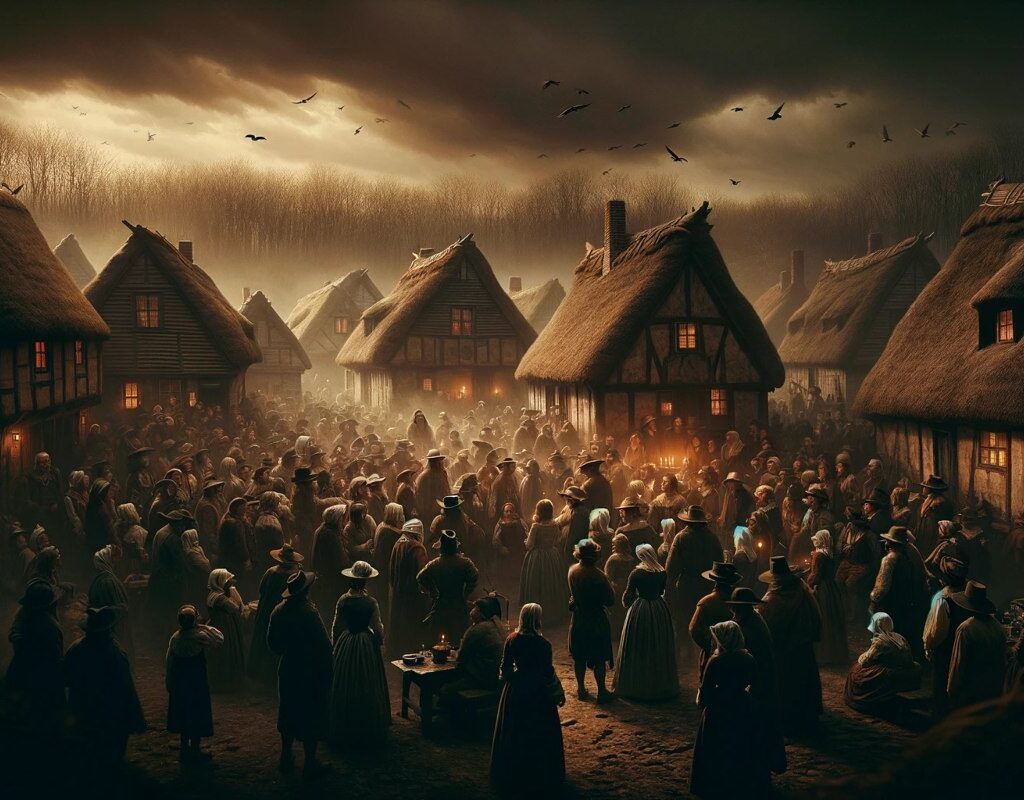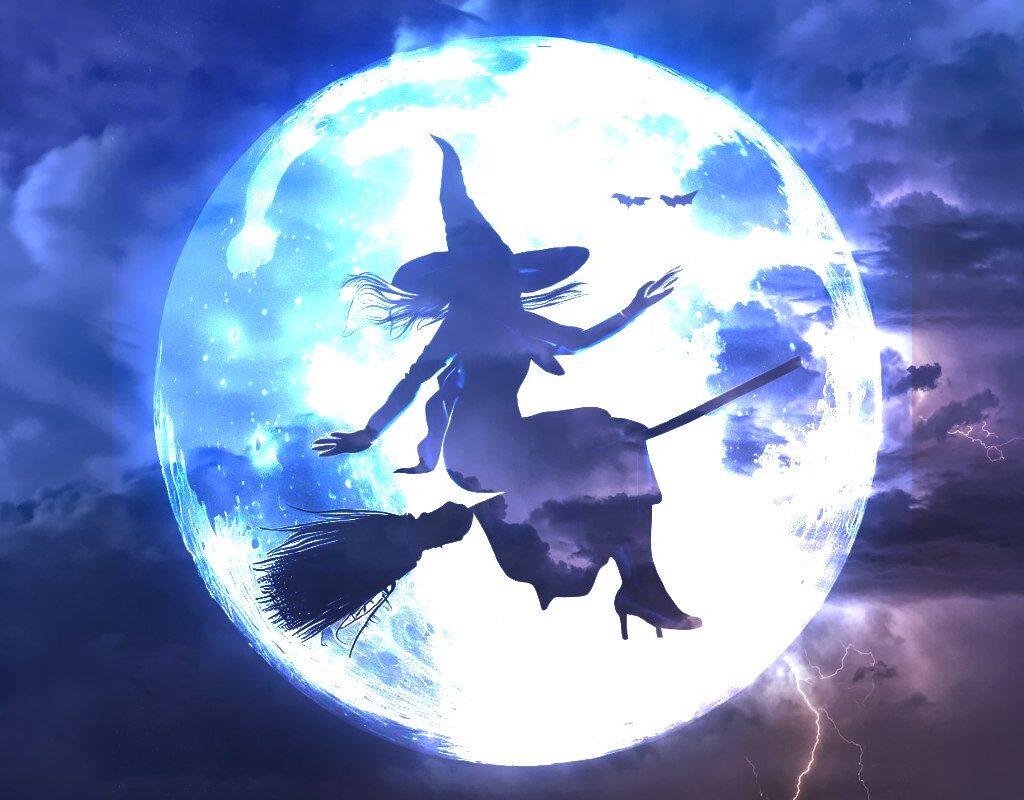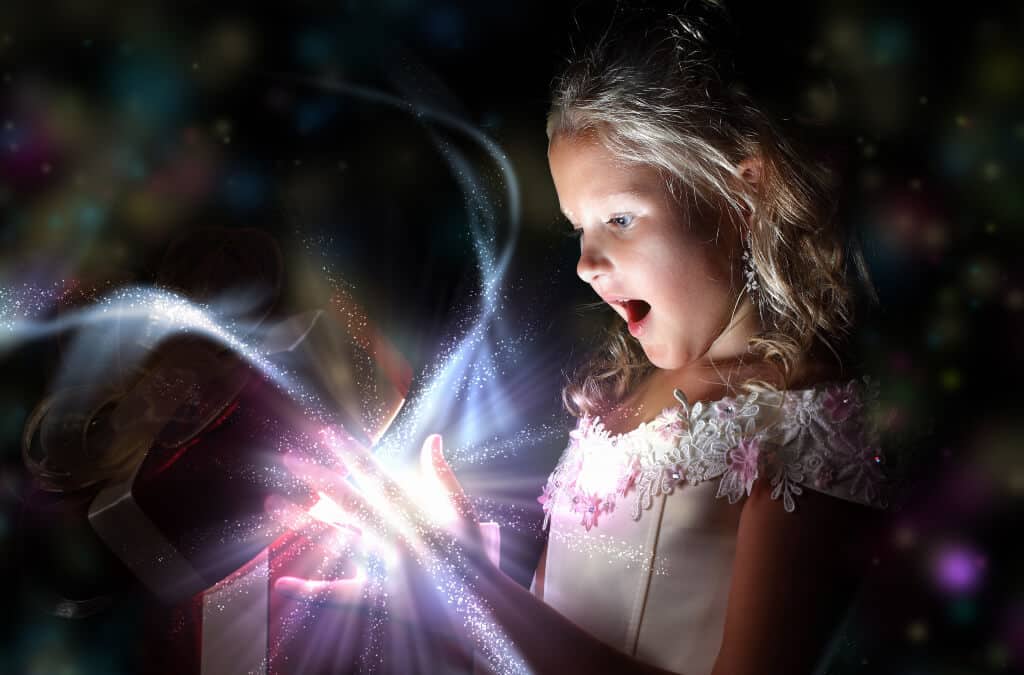Unveil the Secrets of Modern Wicca Practices Inspired by Gerald Gardner! Explore how Gerald Gardner, the father of modern witchcraft, influenced Wicca’s rituals and beliefs. From his intriguing initiation into a coven to his groundbreaking publications, Gardner’s legacy continues to enchant and mystify. Read on to uncover the practices and principles that define Wicca today!
The Influence of Gerald Gardner on Modern Witchcraft
Gerald Gardner, born in 1884, had a life that initially did not stand out much for someone from his privileged background in the colonial era. As a child, Gardner was sent to the warmer climates of Madeira in an attempt to alleviate his asthma. Consequently, he received little formal education and later claimed that he taught himself to read.
As a young adult, Gardner spent time working in Ceylon, Borneo and Malaysia before returning to London in 1936. It was in London where his life began to take a more interesting and significant turn for the history of modern witchcraft.
Encountering Witchcraft in Highcliffe
In 1938, Gardner and his wife Dorothea moved to Highcliffe, buying a comfortable 1920s house called Southridge. Shortly before the outbreak of World War II, Gardner encountered a group claiming to be witches and was initiated into the New Forest coven at nearby Mill House. This encounter proved to be a turning point for Gardner, who from that moment dedicated himself to promoting his newly discovered religion.
He was not a religious pioneer. What he did was publicize it and write about it, gradually becoming known for it and people began to contact him. He initiated many people into Wiccan culture, believing it was important for it to survive.
Promoting Witchcraft and Publishing Books
After the war, Gardner returned with his wife to London, where he wrote several books. The most well-known of these is Witchcraft Today, published in 1954. This book offered readers insight into the history and practices of the witch cult, resulting in a media frenzy. Despite headlines about grim rites and black magic, many people saw beyond this and Gardner received many letters as a result, which helped him greatly.
Gardner’s Influences and Theories
Gardner’s theories drew from numerous sources, including Freemasonry, magical orders like the Golden Dawn and other occultists, including Aleister Crowley. He also formulated the Wiccan calendar of eight festivals, combining existing festivals from different traditions. These Wiccan festivals have become an essential part of modern Wiccan practice.
Gardner and Modern Wicca
By the time of his death in 1964, Gardnerian Wicca, as it came to be known, had spread to the United States and beyond. Estimates of the number of Wiccans worldwide range from 100,000 to 800,000. Although Gardner’s legacy is virtually undisputed, the details of his life continue to be scrutinized.
Historian Prof. Ronald Hutton said, “He was a man of extraordinary charm and mischief, generous and warm-hearted, but somewhat of a trickster. Most who met him found him amusing but slightly unreliable when it came to witchcraft.”
Gardner often exaggerated the truth and encouraged coven members to claim they came from an ancient lineage of witches. “I think he encouraged people to tell the press things about themselves that weren’t true,” added Hutton.
The impact of Gerald Gardner on modern witchcraft and Wicca is undeniable. Although some of his claims and practices may be viewed with skepticism, his role in promoting and developing Wicca has left a lasting mark. Gardner not only helped to revitalize and popularize modern witchcraft but also established a structure and framework for Wiccan practice that continues to influence practitioners today.
The Influence of Aleister Crowley
One of the most notable influences on Gardner’s work was Aleister Crowley. Known for his work in occultism and his founding of the religious philosophy of Thelema, Crowley contributed a ceremonial and magical approach that Gardner adopted into his own system. Although Crowley and Gardner did not always agree on all aspects, Crowley’s influence on the formation of Gardner’s practices is undeniable.
In addition to Crowley, Gardner drew inspiration from magical orders like the Golden Dawn and Freemasonry. These secret organizations provided Gardner with a rich source of rituals, symbols and esoteric knowledge that he integrated into Wicca. Freemasonry, with its hierarchical and ritualistic structure, offered a model that Gardner used to structure his own Wiccan rites and ceremonies.
Promoting the New Religion
Gardner’s dedication to promoting Wicca was unwavering. He used his writing skills and personal charisma to attract new followers and expand Wicca’s reach. His efforts not only helped establish Wicca as a legitimate religious practice but also created a global community of practitioners who continue to celebrate his teachings and legacy.
The life and legacy of Gerald Gardner remain a fundamental pillar in modern witchcraft. His innovations and ability to communicate and organize Wicca have left an indelible mark. Gardner not only revived an ancient practice but also built a global community of followers. Are you intrigued by Wicca and its history? Explore more about how Gerald Gardner changed the landscape of witchcraft forever.




